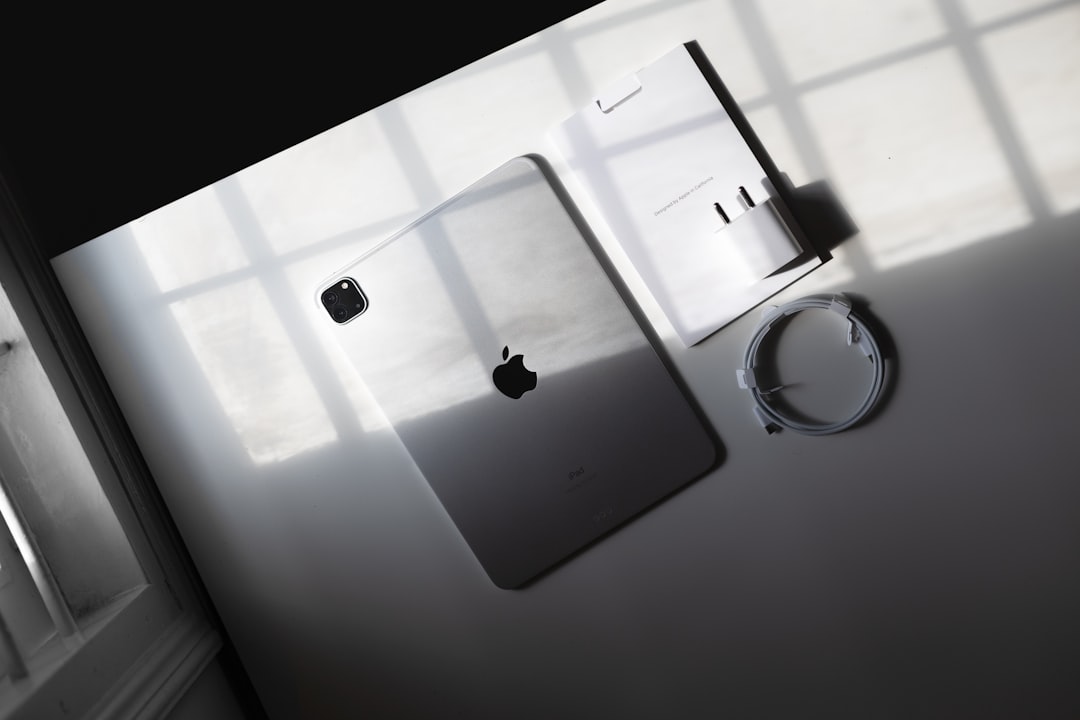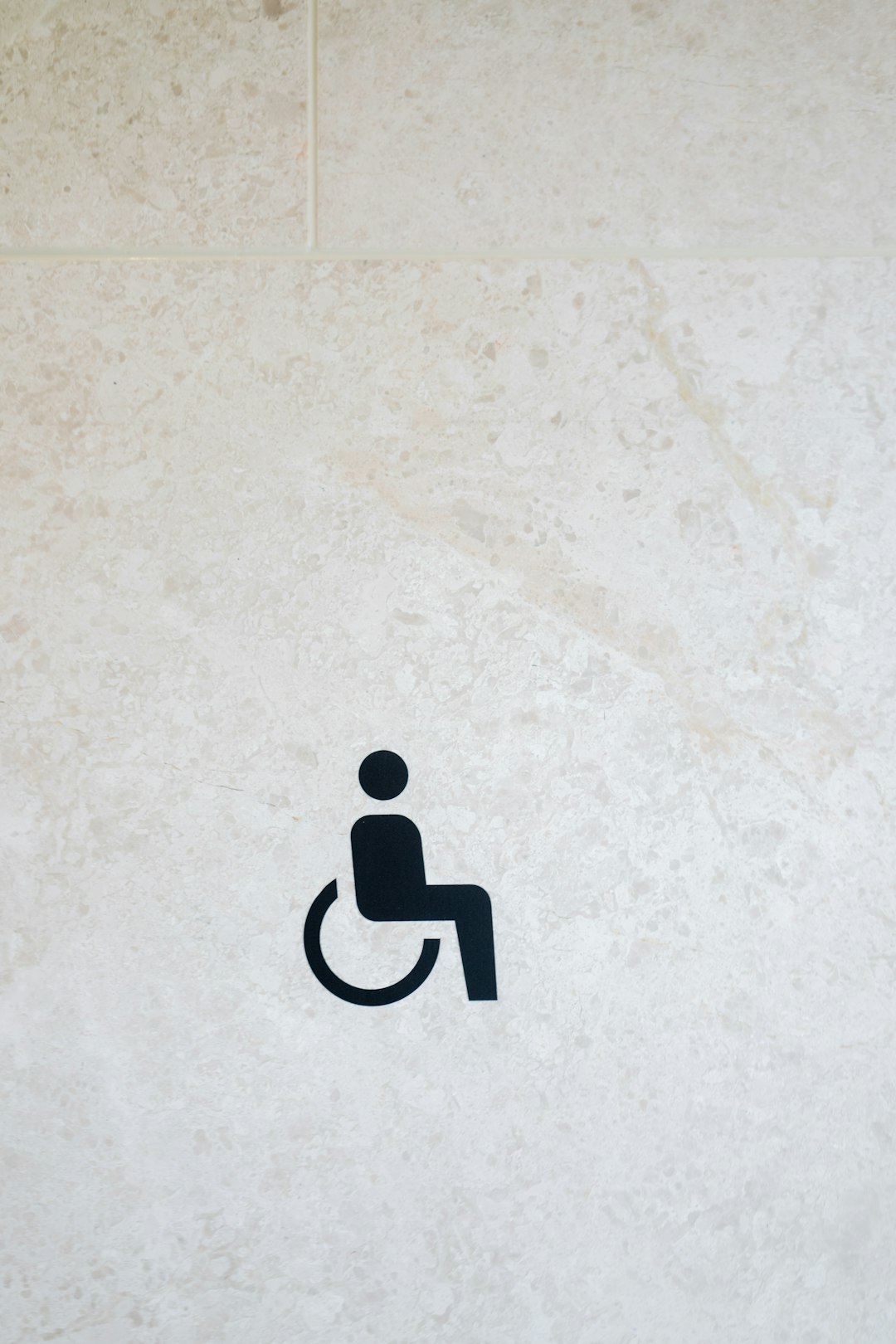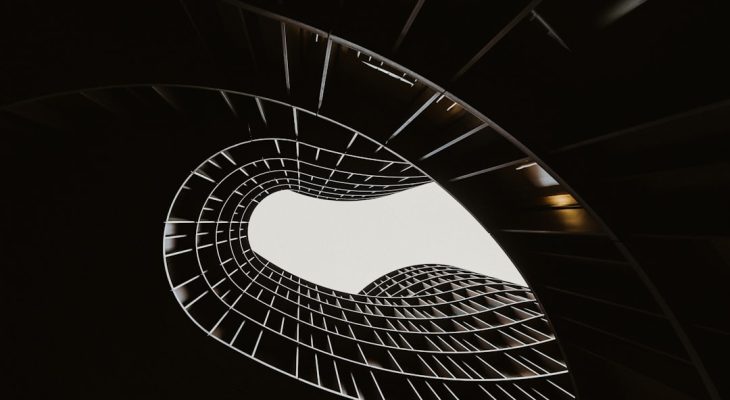Apple has once again taken a bold step in reimagining the user experience of its devices by announcing a significant redesign of the Control Center within its cutting-edge Liquid Glass interface. The redesign, which debuted at the company’s recent developer conference, is part of a broader strategy to streamline user interaction while enhancing aesthetic consistency across Apple’s ecosystem of devices.
The new Control Center, set to be rolled out in the upcoming operating system update, introduces a range of enhancements that make it not only more visually appealing but also more functional. Apple has made clear that this isn’t just a design refresh—it’s a fundamental rethink of how users access and interact with system-level controls.
A Refined and Adaptive Interface
At the center of this update is a new adaptive layout engine that dynamically adjusts Control Center elements based on context and usage patterns. Powered by machine learning, the system can prioritize frequently used toggles and controls, showing them more prominently during different times of day or usage scenarios.
Along with smarter organization, the Liquid Glass aesthetic has been subtly enhanced. Transparency effects are softer and more layered, creating a sense of depth and materiality not seen in previous iterations of iOS or macOS. This visual shift works in tandem with Apple’s emphasis on dimensionality and motion, producing a UI that feels more organic and less mechanical.

Key UI Changes at a Glance
Some of the most noticeable new features and changes in the redesigned Control Center include:
- Context-Aware Modules: Controls like Bluetooth, Wi-Fi, and screen brightness now intelligently resize and reposition based on recent usage.
- Interactive Widgets: A new category of widgets allows users to interact with data—such as calendar events or weather—without leaving Control Center.
- Quick Access Settings: Long presses on tiles now reveal nested settings, reducing the need to dive into the full Settings app.
- Unified Aesthetic: Rounded corners, blur effects, and subtle haptic feedback combine to create a unified and tactile user experience.
For pro users, Apple has kept customization front and center. Users can now reorder elements, hide unused controls, and even pin their own third-party widgets directly to the Control Center grid—a first in iOS history.
Focus on Accessibility and Inclusivity
In alignment with the company’s broader goals of inclusivity and accessibility, the new interface comes with built-in options to adjust contrast, reduce motion, and provide auditory descriptions for key controls. Apple’s accessibility team worked closely with users of assistive technologies to ensure every visual feature had an accessible counterpart.

Early feedback from beta users who rely on VoiceOver and Switch Control has been overwhelmingly positive, especially with regard to the clarity of informational labels and the ease of navigation between dynamic elements.
Behind the Scenes: Apple’s Design Philosophy
According to Chen Liu, Head of UI Systems at Apple, the redesign is about more than aesthetics. “We wanted to create a Control Center that feels alive, one that reflects each user’s routine and preferences without them needing to think about it,” Liu stated during a press briefing. “It’s the convergence of software intelligence and design minimalism.”
This statement underscores Apple’s broader design mission: to make technology disappear into the background. While functionality increases, visual noise decreases, allowing users to focus on tasks without distraction.
Rollout Timeline and User Response
The newly designed Control Center will become available as part of the iOS 18 and macOS Sequoia updates, scheduled for public release in the fall. Developers can already experiment with the new UI via the beta builds released this month.
As with any major redesign, user response will play a critical role in shaping further iterations. Apple has promised bi-weekly updates during the beta cycle and is actively encouraging feedback through its Feedback Assistant tool.
Conclusion
With the redesigned Control Center, Apple is not just refining how users interact with their devices—it is also laying the groundwork for more intelligent, adaptable interfaces across the board. The company’s attention to detail, combined with its commitment to privacy, usability, and accessibility, ensures that the new Control Center will offer a more personalized and coherent experience for all users.








